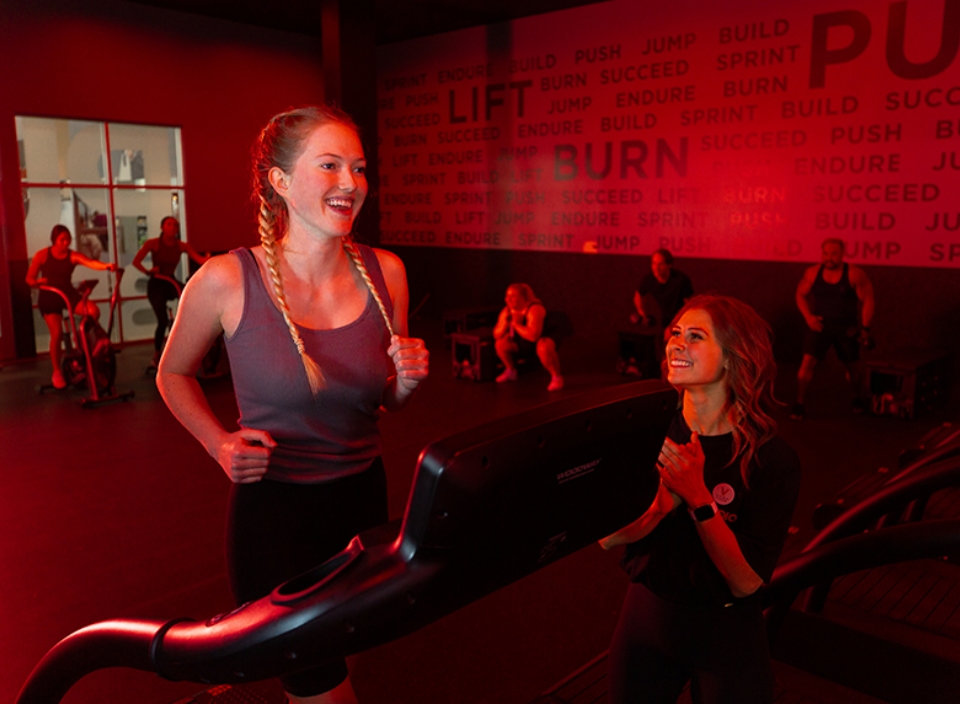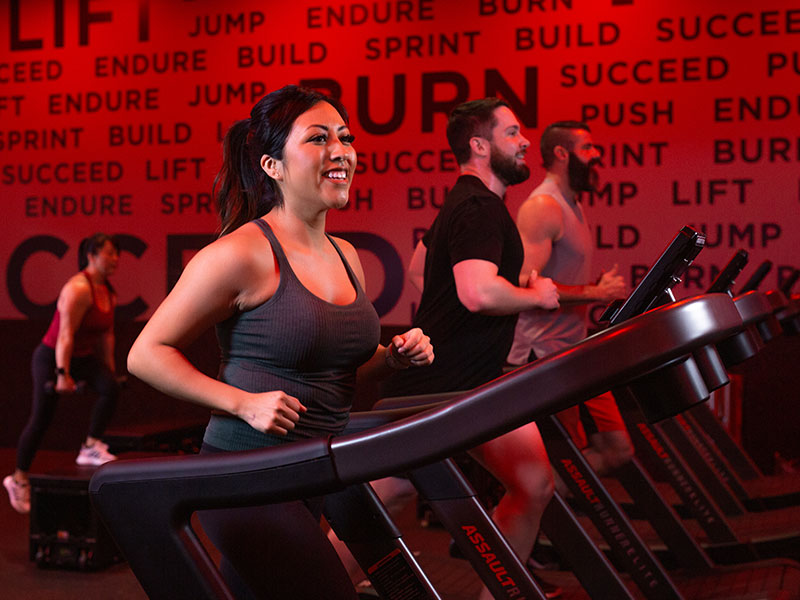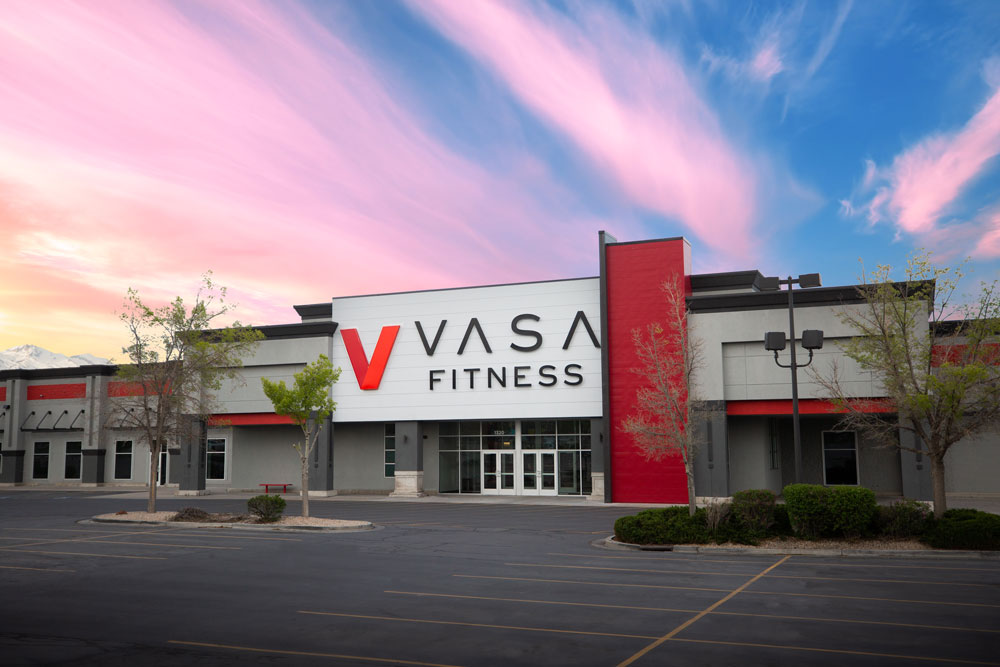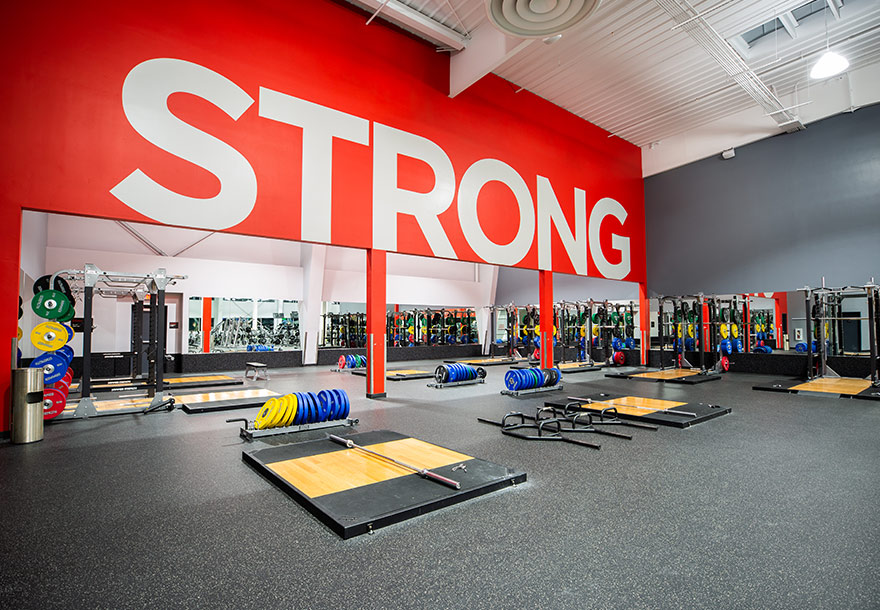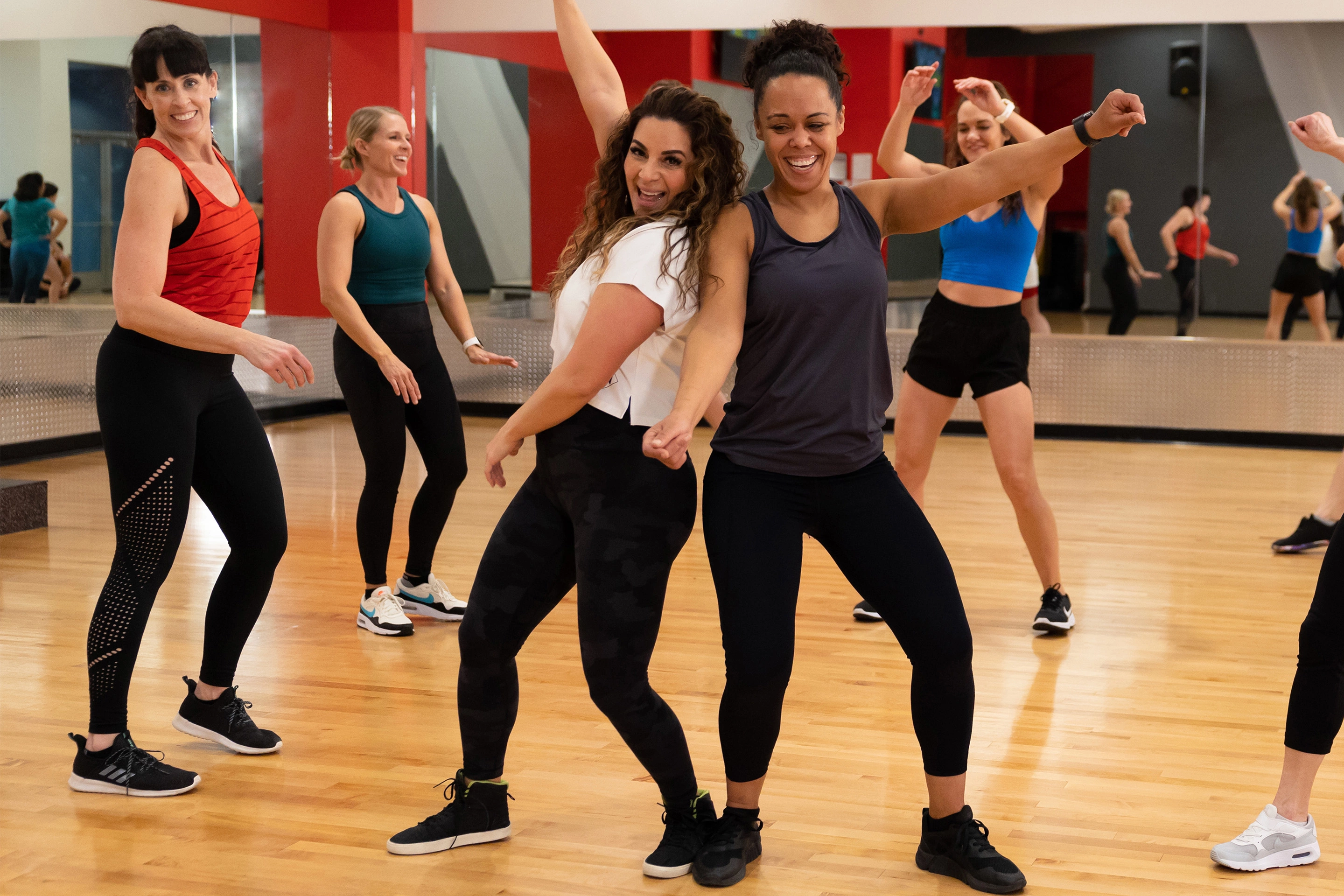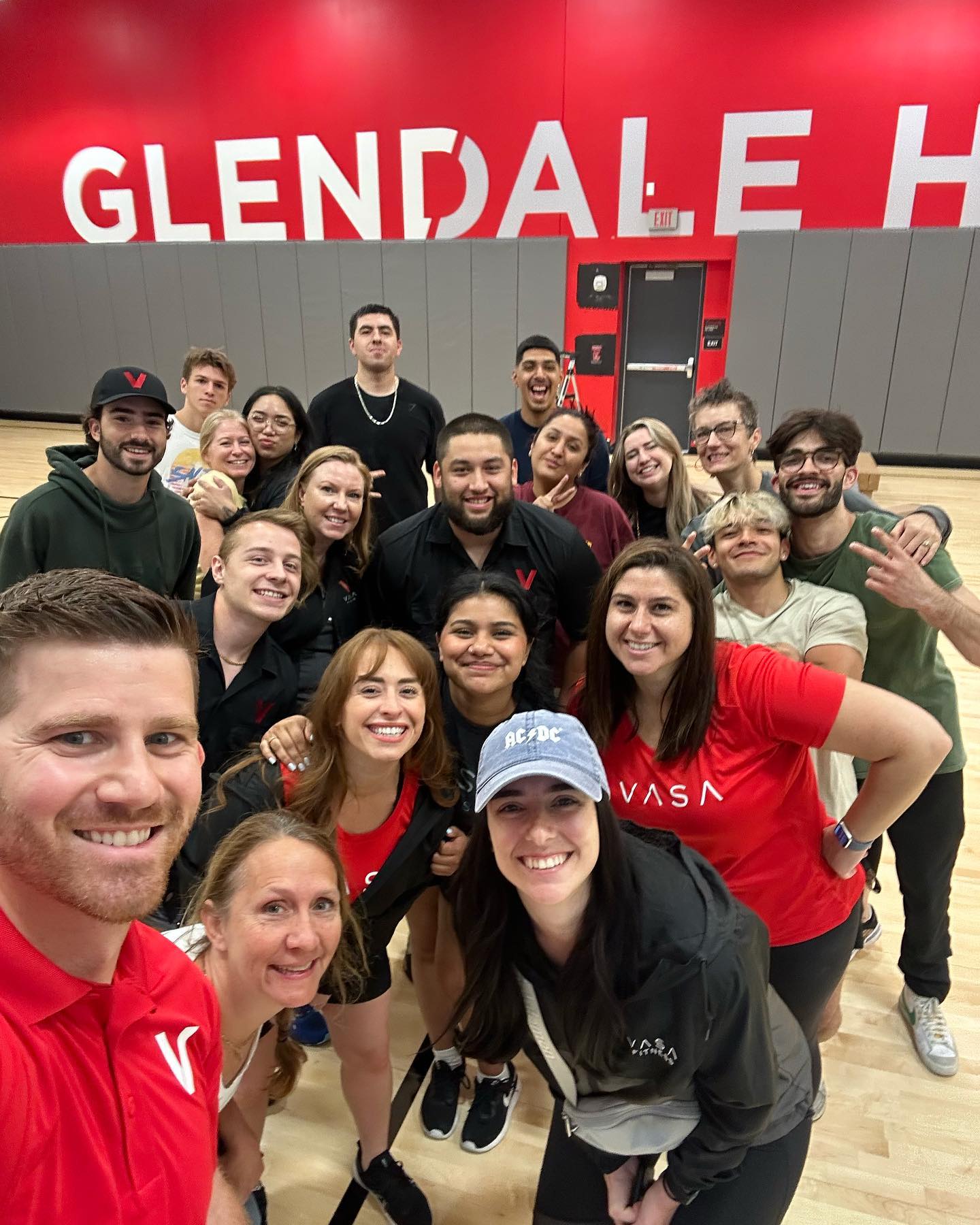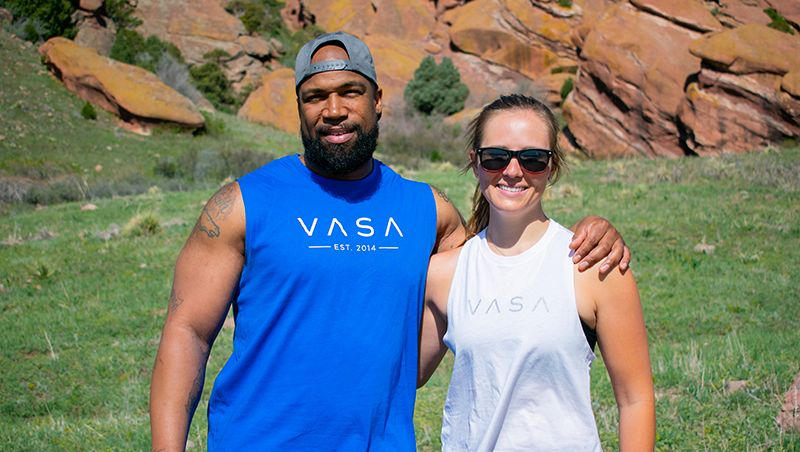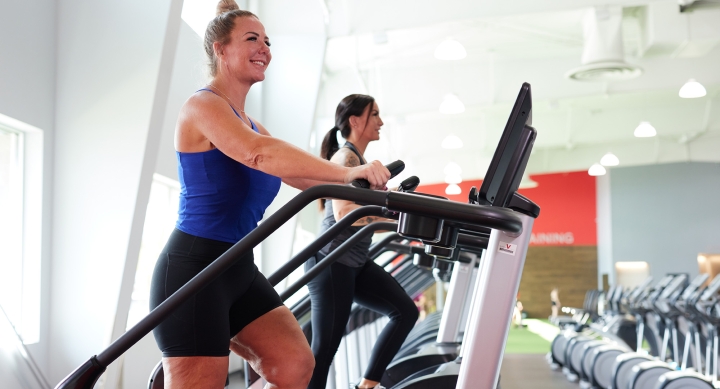How to Acclimate to Hot Temperatures
Despite the annoying (and sometimes embarrassing) nature of sweat, sweat is the natural way for the body to cool itself. Sweat is the release of water from blood and skin cells that evaporate from the skin’s surface, which creates a cooling effect and helps your body handle tough workouts and the hot summer heat. While sweat might not look great, the better your body is at sweating, the better you can handle hot temperatures.
The release of body water in hot temperatures has several steps that need to happen before you can more effectively cool yourself and build heat tolerance. It’s common during spring for the weather to fluctuate between very warm and cooler days. Most of us are excited for nice weather and want to take advantage of warmer days by spending more time outside doing the activities they love. However, if you live in a colder climate with chilly winter temperatures, your body isn’t quite prepared for the heat.

Heat acclimation leads to increased sweat rates to better cool the body, but there are also many other positive heat adaptations that occur when acclimated appropriately, like decreased heart rate and ratings of perceived exertion (how hard a workout feels), as well as increased performance and internal body temperature control. These things don’t happen overnight, though. It takes about 20-30 minutes per day for 14 days to fully acclimate to activity in hot temperatures. You don’t have to do activity in the heat, you simply need to be exposed to it to become adjusted.
You can acclimate to heat by being outside (if the temperatures are stable for the duration of the 14-day period), or you can relax in a sauna, like the ones in the wet area at your local VASA. If you live in a humid climate, you might want to opt for the steam room instead of a dry sauna. Steam rooms mimic a humid climate and make it harder for the body to cool because sweat can’t evaporate as quickly. Regular sauna sessions done during cooler months will give you a head start on hot temperatures before they happen.
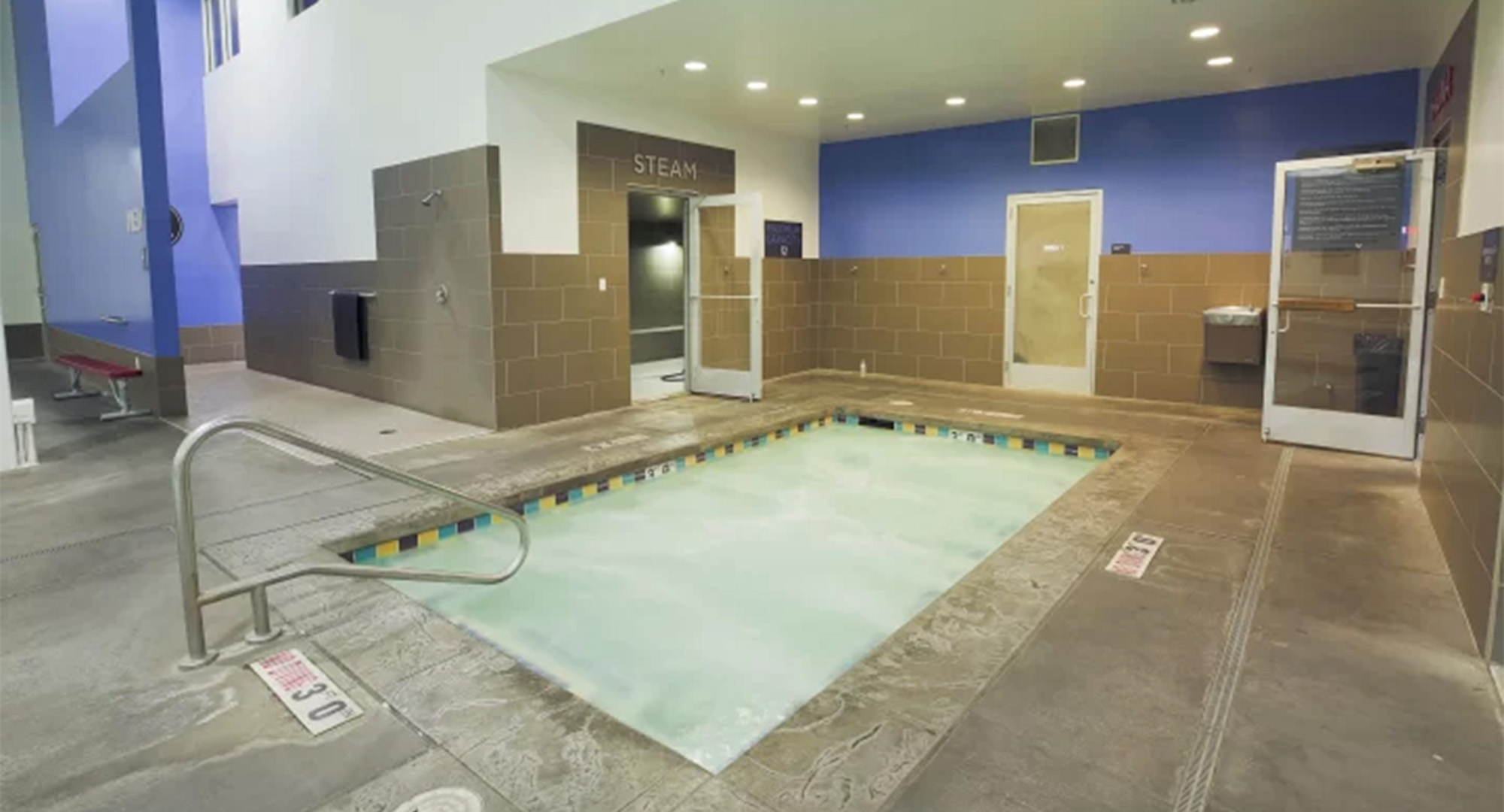
Hydration is key to acclimating to heat for physical activities. Ensure you are drinking plenty of fluids and eating foods that contain a lot of water, like the ones found in this VASA blog. Hydration helps all bodily functions work properly, so it should be a focus before, during, and after a workout so you don’t put added stress on your body by becoming dehydrated.
Insufficient water intake also puts you at risk of dehydration, heat exhaustion, and heat stroke. Dehydration occurs when too much water is lost and is not replaced in a timely manner. You can judge your level of dehydration by looking at your urine color. Dark yellow means you need water now, whereas a light or colorless fluid means you are adequately hydrated. Low hydration levels negatively impact workout performance and can put you at risk of heat exhaustion.
Signs of heat exhaustion include dizziness, thirst, heavy sweating, nausea, and weakness, which could turn into heat stroke if not addressed quickly. Heat exhaustion occurs when your body can’t cool itself off fast enough. If you start to feel any of these symptoms, move to a cooler area, sip water, loosen clothes, and seek medical attention if symptoms do not improve. Heat stroke is a life-threatening condition. Symptoms include confusion, dizziness, and loss of consciousness. Move the person to a cooler area, loosen clothing, and cool with water while waiting for help to arrive.
Here are a few tips for exercising safely in hot temperatures:
- Prepare your body for hot temperatures using sauna or steam rooms during winter and spring months
- Wear light colored clothing when exercising outside (reflects sunlight and heat)
- Drink plenty of fluids (including electrolytes) before, during, and after exercise
- Build up your tolerance to heat over the course of two weeks
- Stop exercising if you feel any symptoms of heat exhaustion or heat stroke
- Do not try to match your cool weather exercise output in hotter temperatures
- Remember, sweating is essential to cooling the body and nothing to be embarrassed about
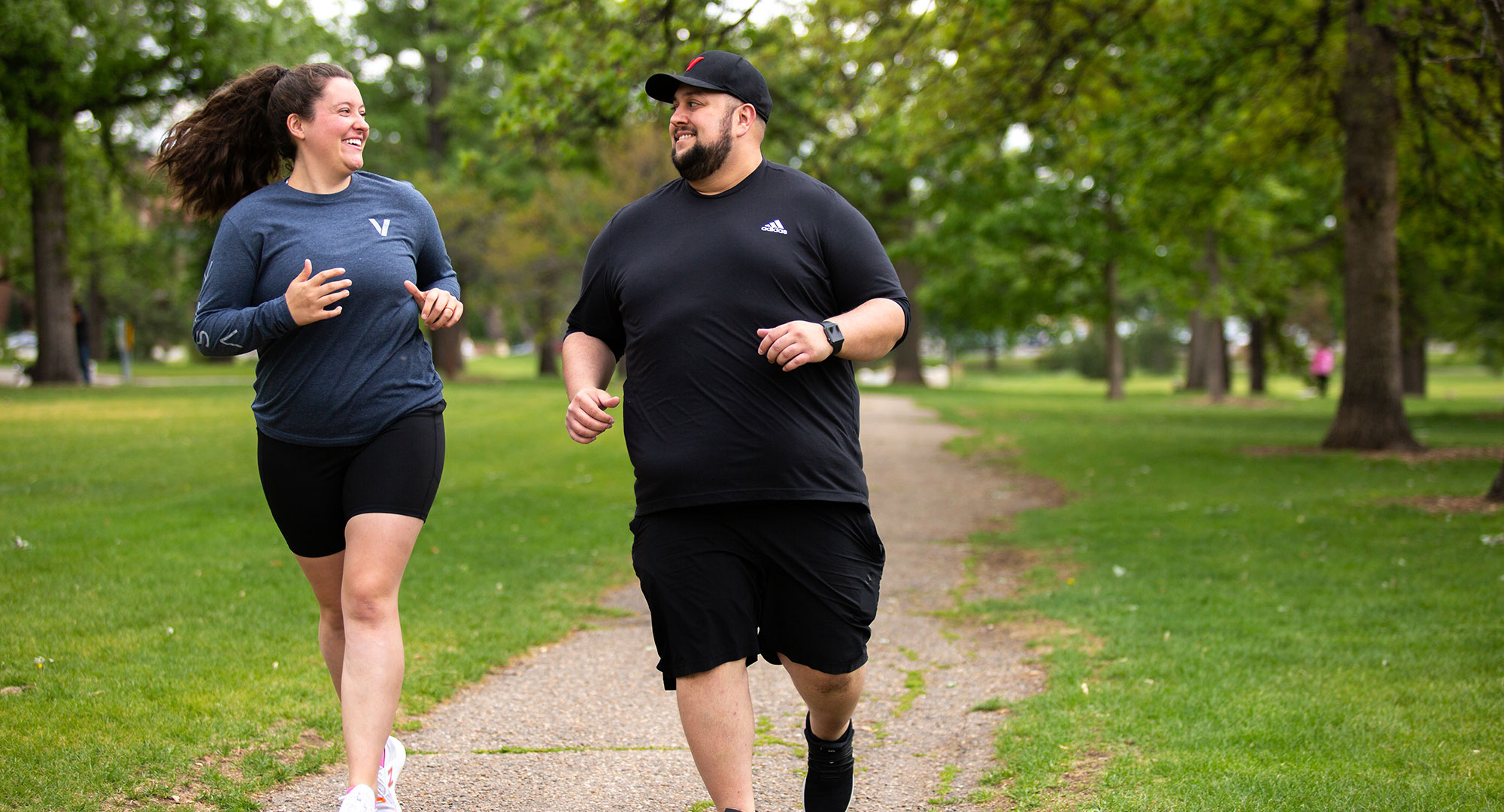
Whether you are hitting the gym or heading outside for a run, make sure you have spent some time getting your body ready for hotter weather. Hot temperatures can put you at risk of dehydration, heat exhaustion, and heat stroke if you are not used to the heat or exercising too hard in how weather. VASA offers sauna and steam rooms that you can use to prep for warmer weather during cooler months, and in the summer, VASA’s air-conditioned gyms can give you a break from the heat.
SUBSCRIBE TO OUR BLOG
Enter your email to start receiving our blog emails!
